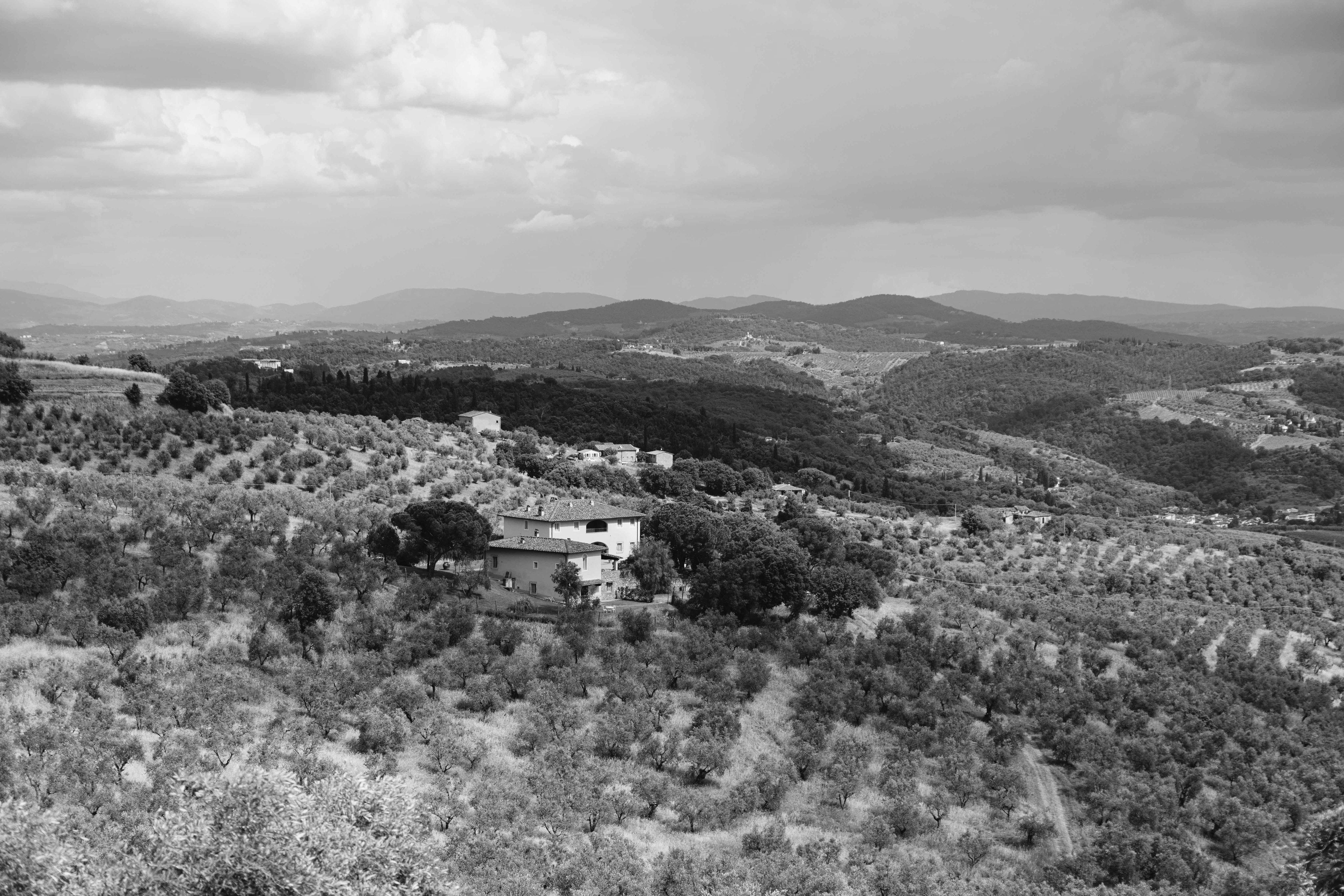LABORATORY SERVICES
RESULTS YOU TRUST
We use accredited methods with state-of-the-art spectroscopy for unparalleled performance at a fraction of the price.
PANEL
Juice Panel
Sale price$50.00
PANEL
Wine Panel
Sale price$50.00
PANEL
Grape Phenolics Panel
Sale price$75.00
PANEL
Phenolics Panel
Sale price$50.00
"Bound Labs are very responsive and the turnaround is quick. We have been very happy with our analysis and the team at Bound!"
"I'm grateful to have a local lab that I can trust."
"Keaton and his team are extremely pleasant to work with! They are quick, efficient and so personable."
ADVISING
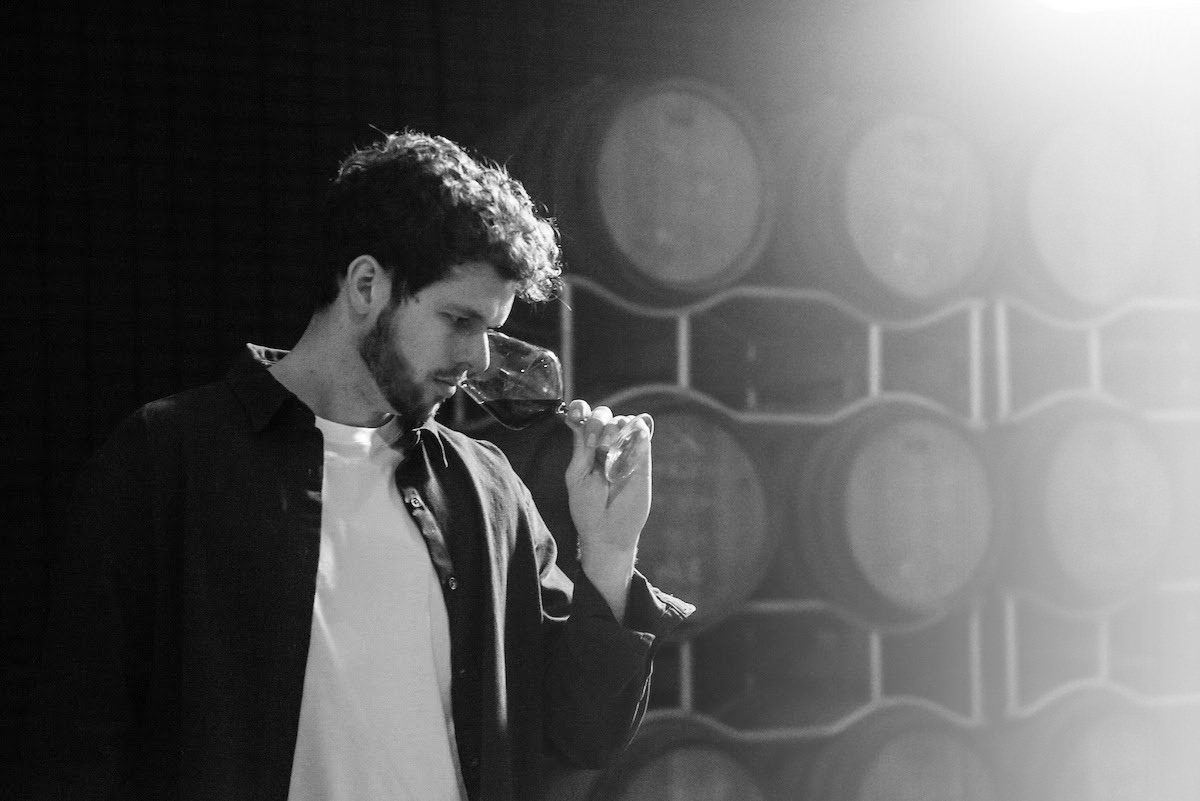
FERMENTATION FOR THOUGHT
The best winemakers use their senses and tools to extend them. Our specialty analysis helps unwravel the mysteries behind every wine style and adapt to the dynamic of your fruit.
Contact
Use this form or email us at info@bound.wine.


